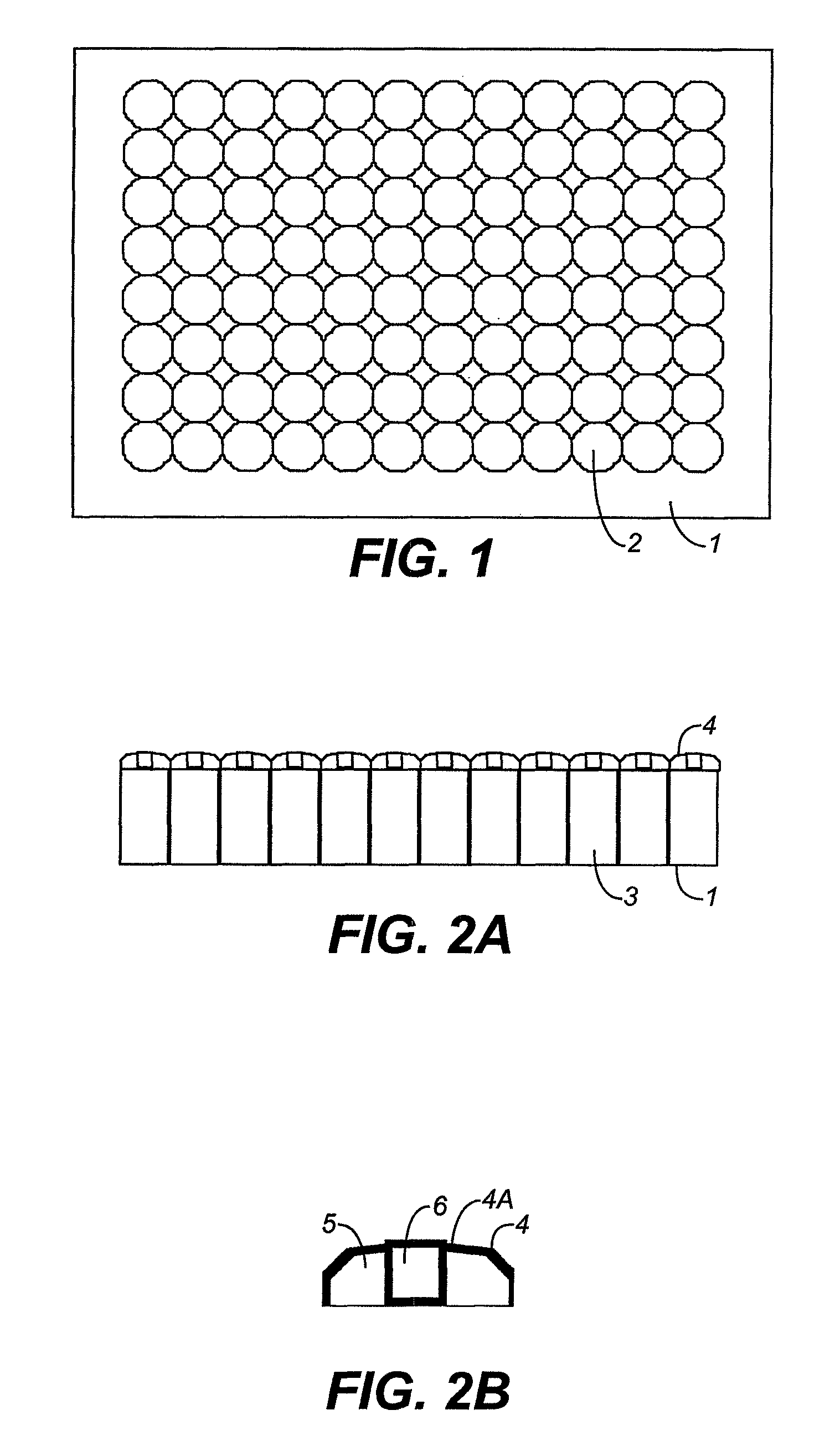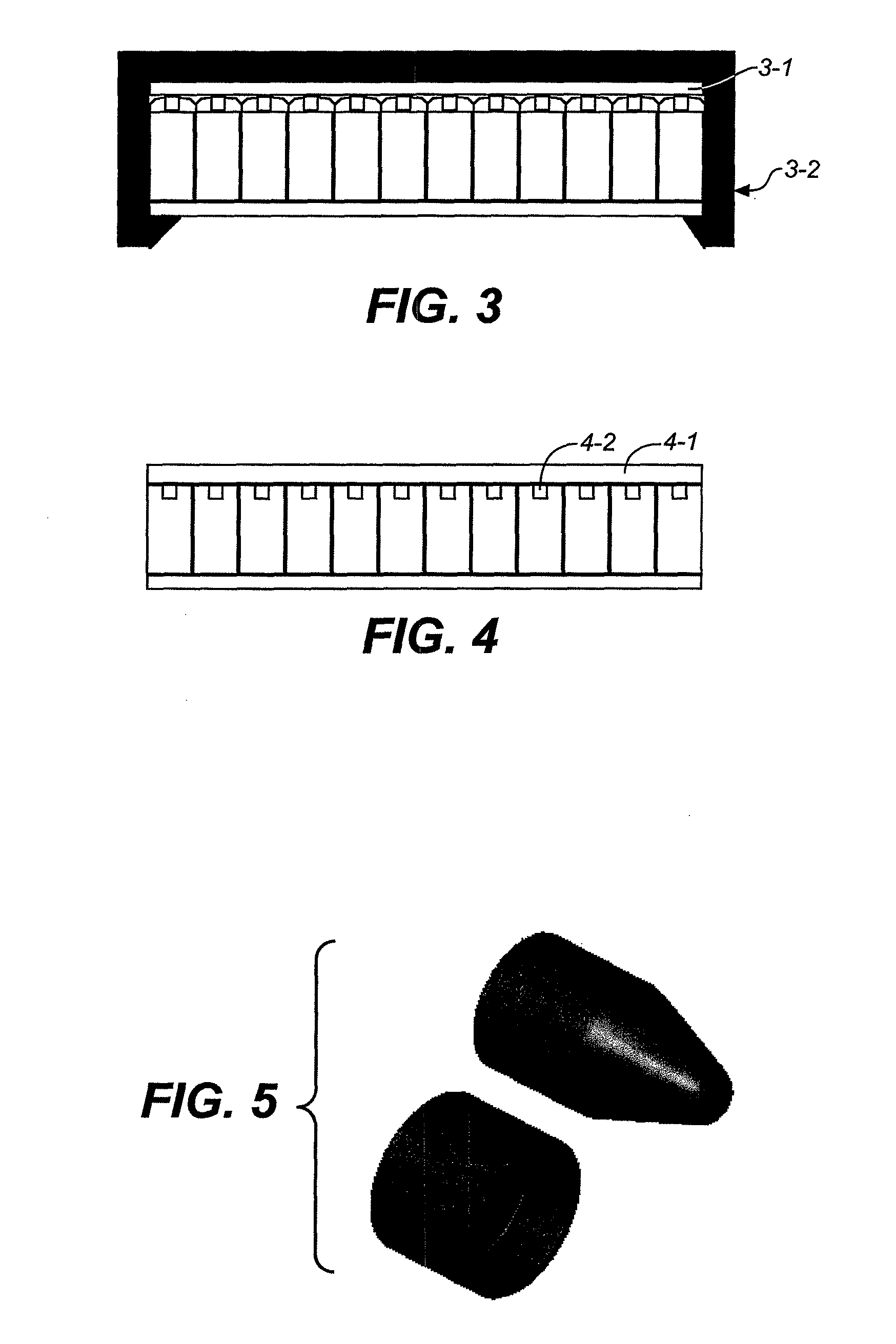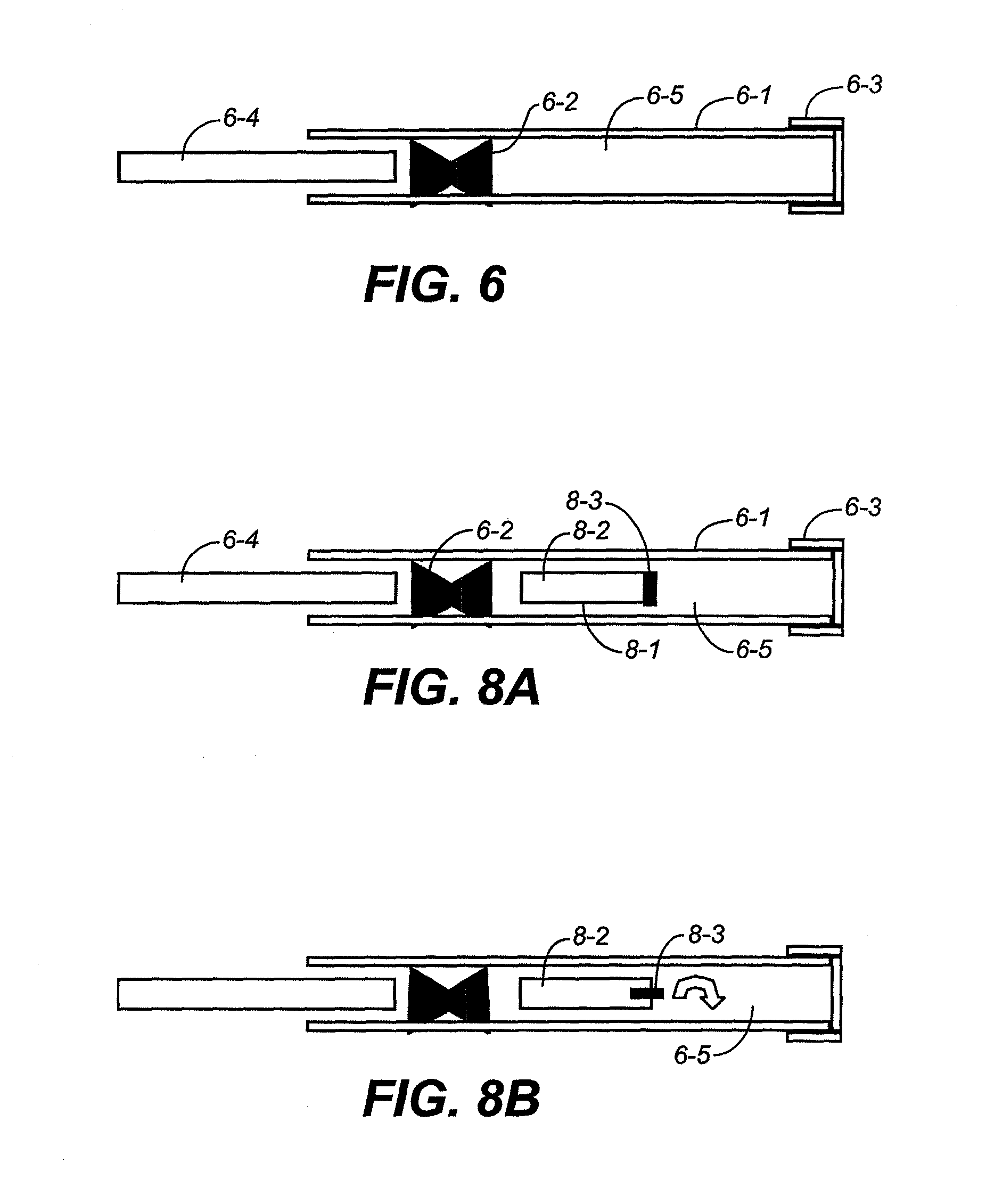High-pressure inclusion body solubilization and protease clipping of recombinant fusion proteins
a technology of inclusion body and fusion protein, which is applied in the direction of peptides, peptide/protein ingredients, peptide sources, etc., can solve the problems of protein misfolding, protein aggregation is a common problem, and the liberation of passenger proteins requires expensive proteas
- Summary
- Abstract
- Description
- Claims
- Application Information
AI Technical Summary
Benefits of technology
Problems solved by technology
Method used
Image
Examples
example 1
Preparation of a Recombinant Protein of Interest Cleaved by a Protease from a Fusion Protein at High Pressure
[0293]A recombinant protein is expressed as a fusion protein linked to a fusion partner (FIG. 13A). In a more specific example, the fusion partner is an ubiquitin sequence that is cleaved by a 3C protease (FIG. 13B). The recombinant protein is designed such that the ubiquitin sequence could be cleaved from the protein of interest sequence following isolation of the fusion protein from the fermentation harvest. The fusion protein consists of the first 41 amino acids from yeast ubiquitin, followed by 6 amino acids that create a 3C protease cleavage site, fused to the complete sequence of the protein of interest. Cleavage of the fusion protein by recombinant 3C protease (3CP) generates the proper protein sequence with the correct amino-terminus.
[0294]High hydrostatic pressure, at but not limited to 2150 bar, is applied to solubilize the recombinant protein of interest from the u...
example 2
Initial Selection and Optimization of Solution Conditions for Solubilization and Cleavage of the Recombinant Protein of Interest
[0316]Experiments are conducted to examine the effect of pressure treatment (2150 bar) on the solubilization and protease 3C cleavage of the recombinant protein of interest inclusion bodies at urea concentrations ranging from 1.5-4.5M and inclusion bodies concentrations of up to 2 mg / ml of the recombinant protein of interest at alkaline pH's in a reducing environment (to enable 3C protease cleavage). Studies are conducted to determine if 3C protease cleavage can occur during pressure-modulated solubilization at 2150 bar. These conditions are selected for the first screening studies based on previous work conducted at atmospheric pressure and the standard protocols in the field.
[0317]DTT concentrations are screened to determine the minimum concentration that can still reduce the sample and while allowing for 3C protease cleavage of the recombinant protein of...
example 3
Effect of Solution Conditions on the Pressure Enabling Manufacturing Technology (PreEMT) Solubilization and Cleavage of the Recombinant Protein of Interest
Six Parameter, Full Central Composite Design
[0319]A statistically engineered design (SED) is developed to test the effect of pH (7.5-10), DTT concentration (0.8-10 mM), total protein concentration (6-30 mg / ml), pressure (1750-3000 bar), urea (0-2M), and ionic strength (0-250 mM), on the pressure-enhanced solubilization and cleavage of the recombinant protein of interest from inclusion bodies. A rotatable, full, central composite design is developed which tests each factor over five levels, taking into account interactions, resulting in 78 experimental points and 10 center points. The solubilization yield and mass of solubilized and cleaved recombinant protein of interest is monitored by the methods described in Example 1.
[0320]The randomized set of experiments developed in the SED are shown in Table 3. Center points are highlighte...
PUM
| Property | Measurement | Unit |
|---|---|---|
| hydrostatic pressure | aaaaa | aaaaa |
| pH | aaaaa | aaaaa |
| pH | aaaaa | aaaaa |
Abstract
Description
Claims
Application Information
 Login to View More
Login to View More - R&D
- Intellectual Property
- Life Sciences
- Materials
- Tech Scout
- Unparalleled Data Quality
- Higher Quality Content
- 60% Fewer Hallucinations
Browse by: Latest US Patents, China's latest patents, Technical Efficacy Thesaurus, Application Domain, Technology Topic, Popular Technical Reports.
© 2025 PatSnap. All rights reserved.Legal|Privacy policy|Modern Slavery Act Transparency Statement|Sitemap|About US| Contact US: help@patsnap.com



